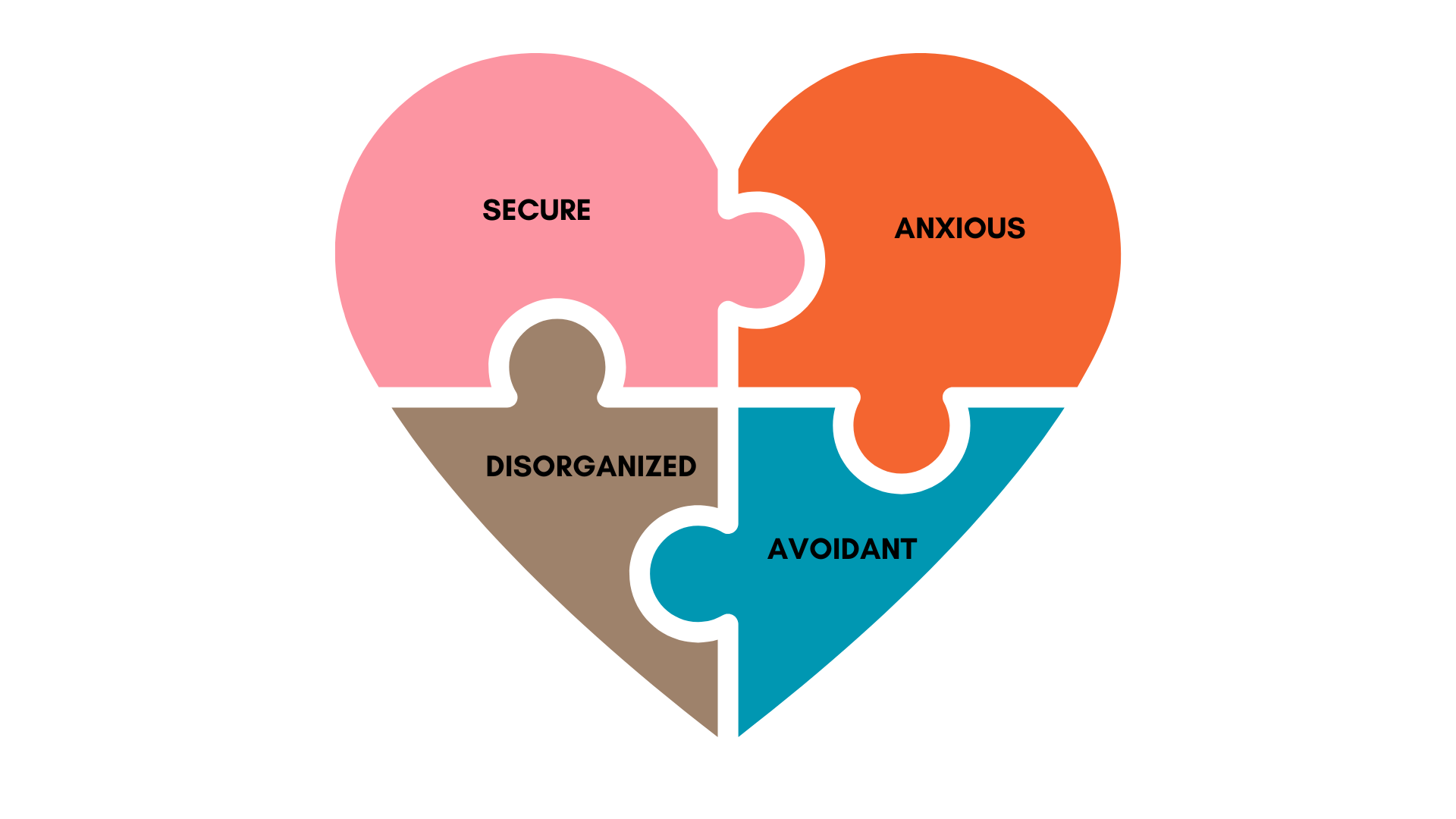What’s Your Attachment Style?
🕒 Estimated reading time: 7 minutes
Have you ever felt completely confident in a relationship — until the person you’re dating starts pulling away? Or maybe you’re the one needing more space while your partner gets increasingly clingy?
These patterns can feel confusing, but they might actually have more to do with your attachment style than anything else.
Let’s explore attachment theory, a fascinating framework that can help you understand your relationship patterns, your reactions, and (hopefully) avoid dating chaos.
So, What’s Attachment Theory?
Attachment theory is all about how we connect with others, especially in romantic relationships. It stems from psychology research about how early relationships — like with our parents or caregivers — shape the way we attach to people later in life.
There are a few main attachment styles:
Secure: You’re comfortable with closeness and trust, and you can handle independence without freaking out.
Anxious: You crave intimacy but often worry your partner doesn’t feel the same.
Avoidant: You value independence so much that closeness can feel smothering.
Disorganized (formerly known as Fearful-Avoidant): A mix of anxious and avoidant, with a fear of rejection or being hurt.
Knowing your attachment style can help explain why you behave the way you do in relationships (like a “cheat code” for self-awareness).
Why It Matters in Dating
Here’s where it gets tricky: your attachment style isn’t always obvious early on in dating. Everyone is on their best behavior in the first few conversations and dates. You’re laughing, flirting, and conveniently ignoring the fact that they haven’t responded in two days.
The real test comes when things get a little more serious. For example:
You might feel secure with most people, but if you start dating someone avoidant, you could find yourself feeling anxious and unsure of where you stand.
On the flip side, if you’re avoidant, a partner with an anxious style might feel overwhelming as they seek more reassurance.
Attachment styles are dynamic. They show up based on who you’re with and how the two of you interact. That’s why early dating can be such a mystery or rollercoaster. It’s not just about you or them — it’s about the dance between you both.
My Book Recommendation: Attached
If this all sounds familiar, let me introduce you to a new friend: the book Attached by Amir Levine and Rachel Heller.
This book is an excellent introduction to attachment theory and how it plays out in relationships. It breaks down the styles, offers practical advice for navigating them, and helps you identify patterns in your own behavior.
Reading Attached can be a game-changer for understanding what you need in a partner and what patterns you might want to break.
Four Steps to Get You Started
Find Your Style: Take the online quiz to identify your attachment style.
Reflect on Your Relationships: Look back at past dynamics. Do you notice patterns? Did certain partners make you feel secure, while others left you second-guessing yourself?
Observe Early Dynamics: When dating, pay attention to how you feel. Are you relaxed and at ease? Or are you spiraling into overthinking? These clues can help you spot attachment triggers.
Have Honest Conversations: If things progress, talk about how you both handle closeness and independence. It doesn’t have to be a deep dive on the first date, but a little awareness goes a long way.
Final Thoughts
Attachment theory isn’t about labeling yourself or others. Rather, it’s to understand patterns and creating healthier connections.
The more you know about how you show up in relationships, the more intentional you can be in choosing partners and communicating your needs.
Dating isn’t always straightforward, but the good news is you don’t have to be doomed to dating as thought it were Groundhog’s Day.
Awareness is the first step towards change and improvement.
So, go find out your attachment style and don’t forget to check out Attached. Unlock your next level of self-awareness!

